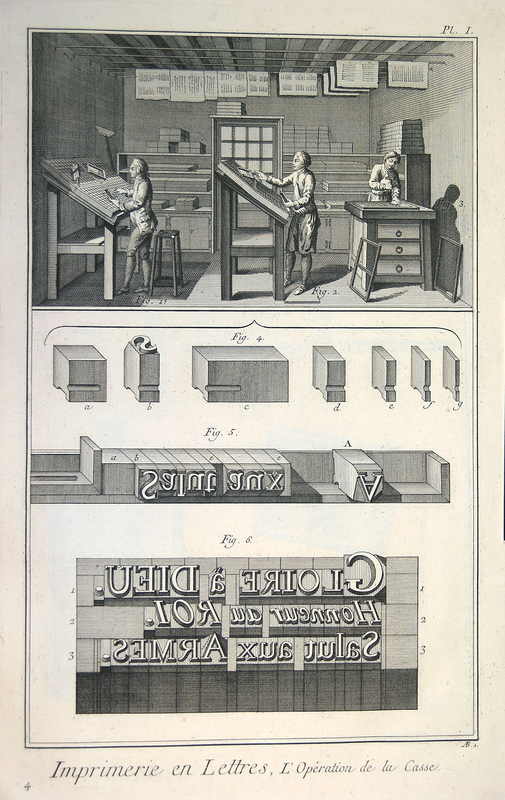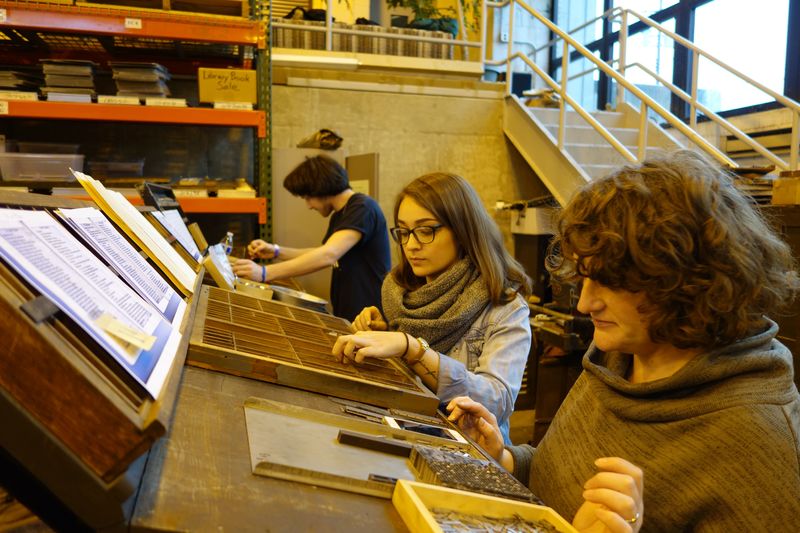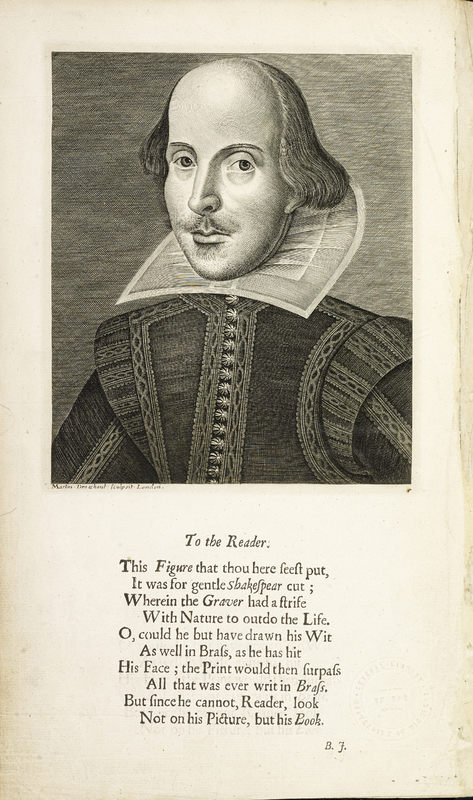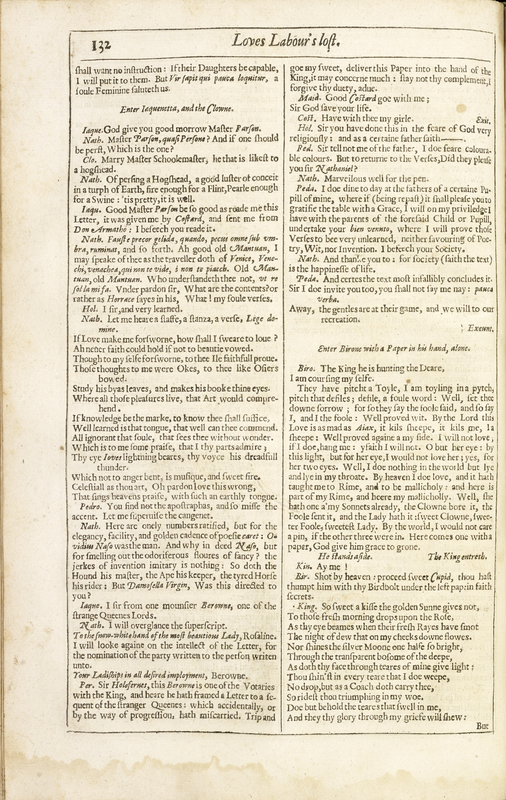The Folios
The editors of the First Folio (London, 1623), John Heminge and Henry Condell, had been associates of Shakespeare since he established himself in the theater community, possibly from the 1590s, when all three were involved with the company Lord Pembroke's Men. After Shakespeare died in 1616, Heminge and Condell were among the last witnesses of the great age of Shakespeare, so they were determined "to keepe the memory of so worthy a Friend, and Fellow, alive." Their plan to print all Shakespeare's plays may have been inspired by the publication of Ben Jonson's works in folio format in 1616.
The First Folio is the most important book in the textual transmission of the works of Shakespeare. Of its 36 plays, 14 had been individually printed as quartos, six of which were printed from copies that had been edited by comparing them with manuscripts owned by the players; and six were printed from manuscripts. Of the other 22 plays, four were printed from manuscripts closely reflecting what Shakespeare had written. And none of the remaining 18 plays had been printed before.
Unfortunatedly, the subsequent folios of 1632, 1663, and 1685 -all of which are held at the U-M Special Collections Library- do not include significant editorial improvements. The printers of these later folios merely corrected typos and, overall, modernized the language of Shakespeare. Only occasionally do we find relevant corrections. As it can be seen in the image displayed on the left, one of the printers of the Second Folio emended the bad Latin of Love's Labor's Lost 4.2.89 to the correct Fauste precor gelida, quando, pecus omne sub umbra, ruminat, lifted from the opening line of the Eclogues by Baptista Mantuano.
Our copy of the Second Folio is bound in a seventeenth-century binding, possibly added shortly after the text was printed: calf leather with gold-tooling decoration in the form of foliage-shape tools and small fleurons inside a lozenge compartment. It has in its center the Stuart Royal Arms used for James I: the arms of England and France are placed in the first and fourth quarters, the rampant lion in the second quarter symbolizes the arms of Scotland, and the arms of Ireland ("azure a harp or stringent argent") are in the third quarter. However, the presence of this coat of arms does not necessarily mean that the book was previoulsly owned by a member of the Royal Family.

The Quartos

Hamlet and the Wolverine Press



